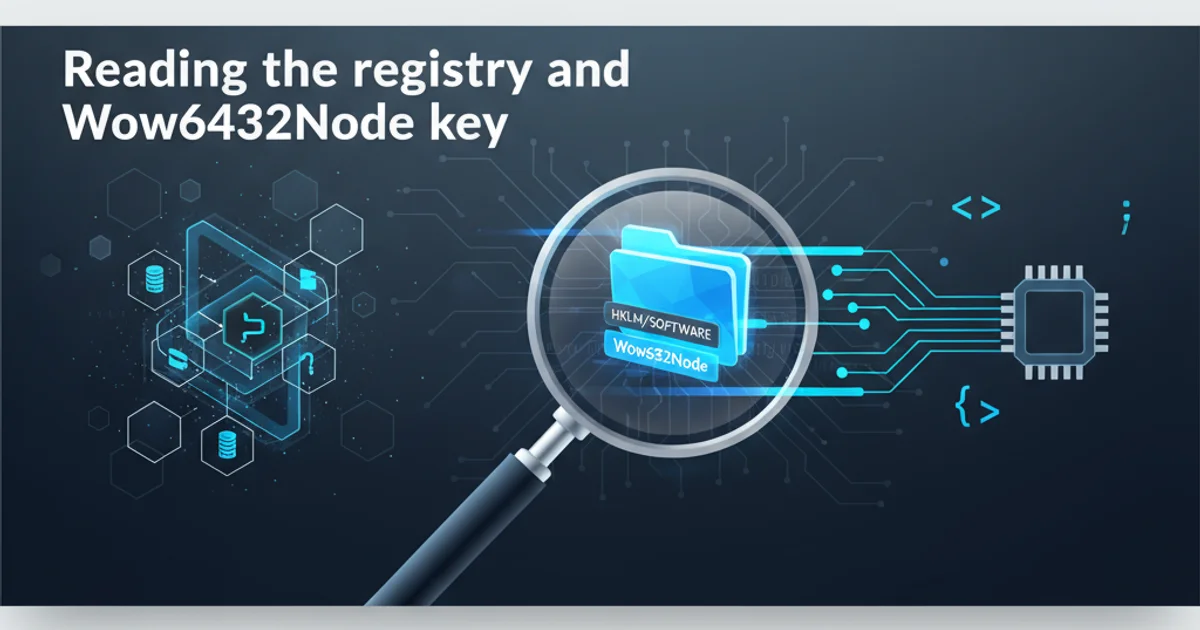What is the point of interfaces in PHP?
Categories:
The Power of Abstraction: Understanding PHP Interfaces

Explore the fundamental role of interfaces in PHP object-oriented programming, enhancing code structure, maintainability, and testability.
In the world of Object-Oriented Programming (OOP), interfaces are a cornerstone for building robust, flexible, and maintainable applications. While often misunderstood by newcomers, PHP interfaces provide a powerful mechanism for defining contracts that classes must adhere to. This article will demystify PHP interfaces, explaining their purpose, benefits, and how to effectively use them in your projects.
What is a PHP Interface?
At its core, a PHP interface is a contract. It defines a set of methods that a class must implement, without providing any implementation details itself. Think of it as a blueprint or a specification. When a class implements an interface, it's making a promise to provide concrete implementations for all the methods declared in that interface. Interfaces can contain method signatures, constants, and type declarations, but no properties or method bodies.
<?php
interface LoggerInterface
{
public function log(string $message):
void;
public function error(string $message):
void;
}
class FileLogger implements LoggerInterface
{
public function log(string $message):
void
{
// Logic to log to a file
echo "Logging to file: $message\n";
}
public function error(string $message):
void
{
// Logic to log an error to a file
echo "Error to file: $message\n";
}
}
class DatabaseLogger implements LoggerInterface
{
public function log(string $message):
void
{
// Logic to log to a database
echo "Logging to database: $message\n";
}
public function error(string $message):
void
{
// Logic to log an error to a database
echo "Error to database: $message\n";
}
}
// Usage
function processLog(LoggerInterface $logger, string $message)
{
$logger->log($message);
}
$fileLogger = new FileLogger();
$dbLogger = new DatabaseLogger();
processLog($fileLogger, "User logged in.");
processLog($dbLogger, "Data updated.");
?>
Defining and implementing a simple LoggerInterface
Key Benefits of Using Interfaces
The advantages of using interfaces extend far beyond mere code organization. They are crucial for achieving several core OOP principles and design patterns:
1. Polymorphism and Type Hinting
One of the most significant benefits is enabling polymorphism. When you type-hint against an interface, you're telling PHP that you expect an object that behaves in a certain way, regardless of its concrete class. This allows you to swap out different implementations without changing the consuming code, leading to highly flexible and extensible systems.
flowchart TD
A[Client Code] --> B{LoggerInterface}
B --> C[FileLogger]
B --> D[DatabaseLogger]
B --> E[ApiLogger]
C -- "Implements" --> B
D -- "Implements" --> B
E -- "Implements" --> B
subgraph "Polymorphic Behavior"
A -- "Uses" --> B
endPolymorphism through interfaces: Client code interacts with the interface, not concrete implementations.
2. Decoupling and Loose Coupling
Interfaces promote loose coupling between components. Instead of depending on a specific class, your code depends on an abstraction (the interface). This means changes to the internal implementation of a class that implements an interface won't break other parts of your application, as long as the interface contract is maintained. This is vital for large-scale applications and microservices architectures.
3. Testability and Mocking
Interfaces dramatically improve the testability of your code. During unit testing, you can easily create mock or stub objects that implement an interface, allowing you to isolate the code under test from its dependencies. This ensures that your tests are focused and reliable, without needing to set up complex environments for every dependency.
<?php
interface PaymentGateway
{
public function processPayment(float $amount):
bool;
public function refundPayment(string $transactionId):
bool;
}
class PayPalGateway implements PaymentGateway
{
public function processPayment(float $amount):
bool
{
// PayPal specific logic
echo "Processing ".$amount." via PayPal.\n";
return true;
}
public function refundPayment(string $transactionId):
bool
{
// PayPal specific refund logic
echo "Refunding transaction ".$transactionId." via PayPal.\n";
return true;
}
}
class StripeGateway implements PaymentGateway
{
public function processPayment(float $amount):
bool
{
// Stripe specific logic
echo "Processing ".$amount." via Stripe.\n";
return true;
}
public function refundPayment(string $transactionId):
bool
{
// Stripe specific refund logic
echo "Refunding transaction ".$transactionId." via Stripe.\n";
return true;
}
}
class OrderProcessor
{
private PaymentGateway $gateway;
public function __construct(PaymentGateway $gateway)
{
$this->gateway = $gateway;
}
public function finalizeOrder(float $totalAmount):
bool
{
echo "Order processing started.\n";
if ($this->gateway->processPayment($totalAmount)) {
echo "Payment successful!\n";
return true;
}
echo "Payment failed!\n";
return false;
}
}
// Usage with different gateways
$payPal = new PayPalGateway();
$stripe = new StripeGateway();
$orderProcessor1 = new OrderProcessor($payPal);
$orderProcessor1->finalizeOrder(100.50);
$orderProcessor2 = new OrderProcessor($stripe);
$orderProcessor2->finalizeOrder(250.00);
?>
Using interfaces for interchangeable payment gateways
When to Use Interfaces
Consider using interfaces in the following scenarios:
- Defining a common behavior: When multiple unrelated classes need to perform a similar action (e.g.,
LoggerInterface,CacheInterface,Authenticatable). - Enabling dependency injection: Interfaces are fundamental for dependency injection, allowing you to inject dependencies based on their contract rather than their concrete type.
- Creating plugin architectures: If you want to allow third-party developers to extend your application with custom functionality, interfaces provide the necessary contract.
- Facilitating team collaboration: Interfaces clearly communicate the expected behavior of a component, making it easier for different developers to work on interconnected parts of a system without stepping on each other's toes.